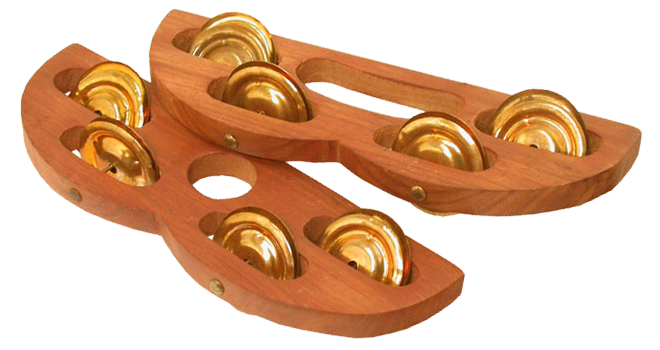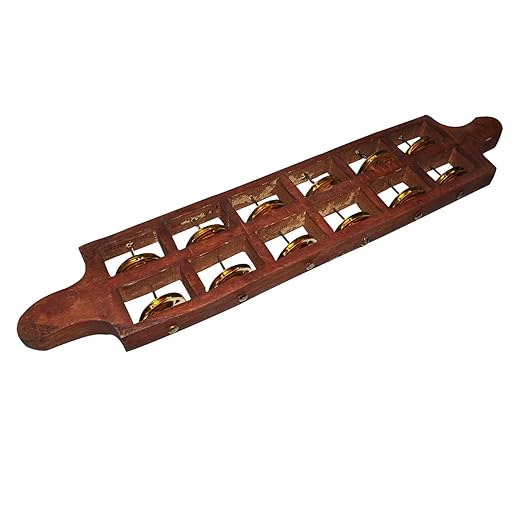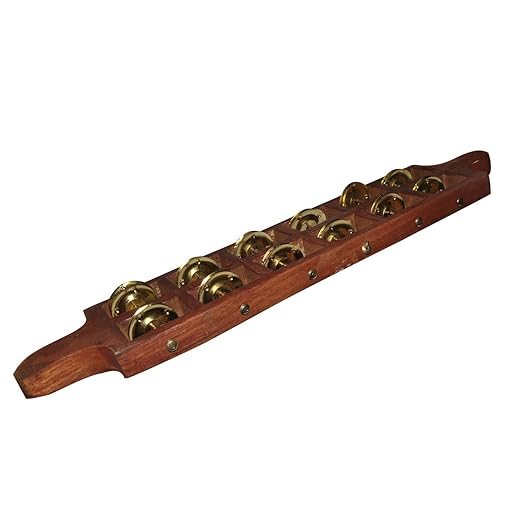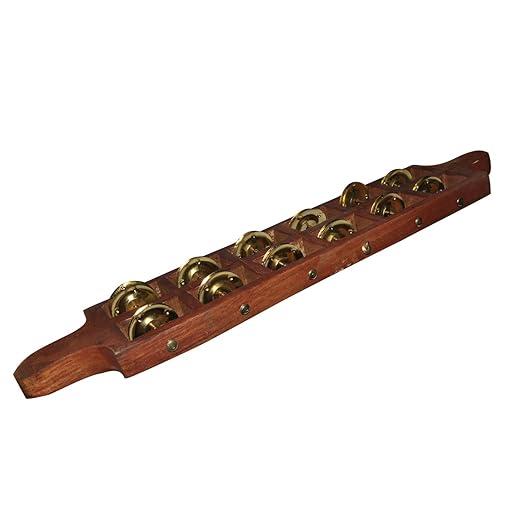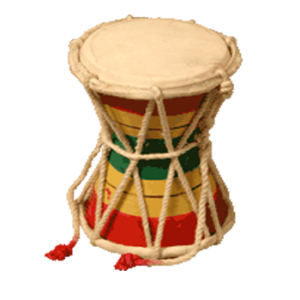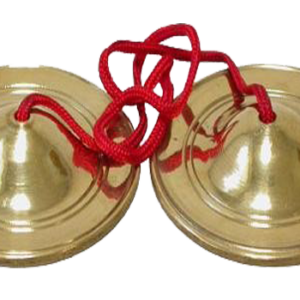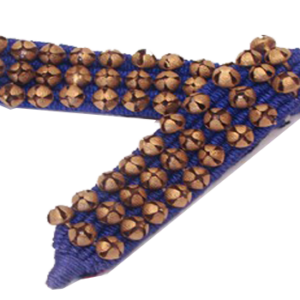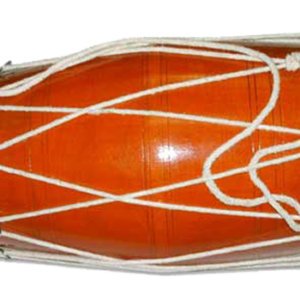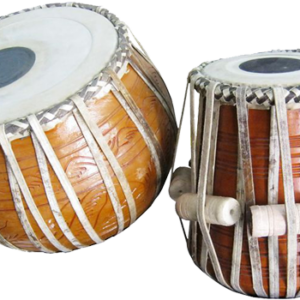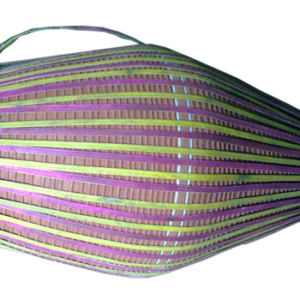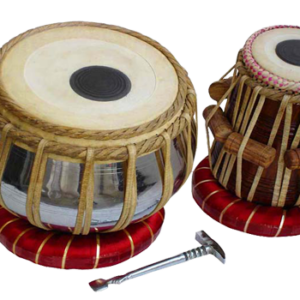Description
Jhika Cymbal/ Khanjira
Special Features:
Nice sound & quality.
Delivery Time: 7-10 Working Days after Successful Payment.
For More information SMS 4600 Name Email Country and Send to +919830066661
N.B: All prices are inclusive of Shipping (International Air Mode)/ Packing/ Tax/ Insurance. No hidden cost. Read our Terms & Conditions, Privacy Policy and Shipping Policy.
In The Box: Jhika Cymbal/ Khanjira
History (Wikipedia):
From where we get Jhika Cymbal/ Khanjira- Small history below:
Our knowledge about the Jhika Cymbal/ Khanjira is from Wikipedia. As per Wikipedia, we shared this small history to let our customers know about the Jhika Cymbal/ Khanjira history. The kanjira, khanjira, khanjiri, or ganjira, a South Indian frame drum, belongs to the tambourine family. Moreover, as a folk and bhajan instrument, musicians have used it in the Indian subcontinent for many centuries.
In particular, Manpoondia Pillai is credited with the Kanjira’s emergence in South Indian Carnatic music, as well as the development of the modern form of the instrument. For instance, in the 1880s, Manpoondia Pillai, a temple lantern-bearer, sought to study drumming. Consequently, he modified the kanjira to a frame drum with a single pair of jingles and brought the instrument to a classical stage. Furthermore, musicians primarily use it in concerts of Carnatic music (South Indian classical music) as a supporting instrument for the mridangam.
Similar to the Western tambourine, craftsmen create it with a circular frame made of the wood of the jackfruit tree. It is between 7 and 9 inches in width and 2 to 4 inches in depth. Specifically, they cover one side with a drumhead made of monitor lizard skin (specifically the Bengal monitor, Varanus bengalensis, now an endangered species in India). Consequently, they leave the other side open. Moreover, regulations prohibit the traditional lizard skin worldwide due to the protection of species. In fact, after they play for a while, the goat skin becomes more and more flexible and offers a wider range of possible modulations. Additionally, the frame contains a single slit which holds three to four small metal discs (often old coins) that jingle when musicians play the kanjira. This provides a basic history of the instrument.
